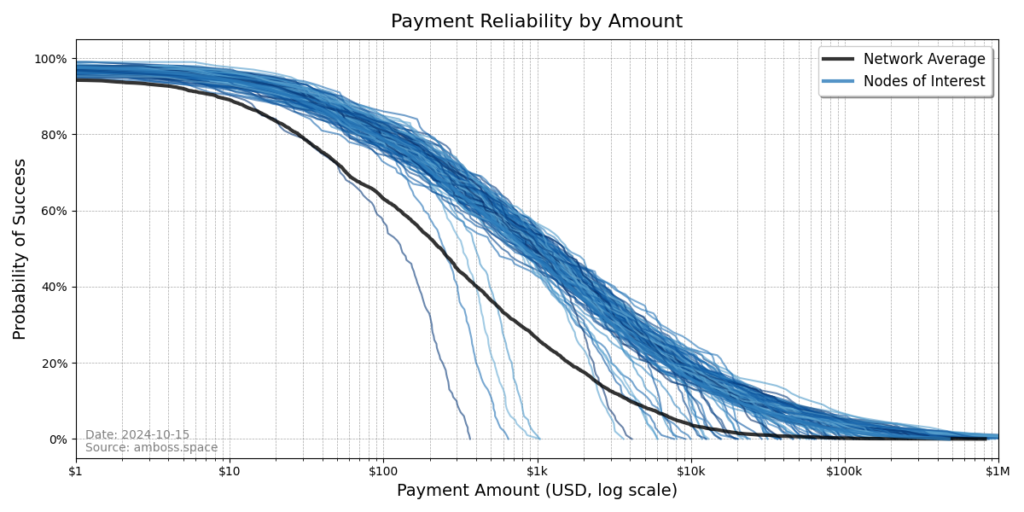Title: Max Flow: Unlocking the Potential of the Lightning Network
The Lightning Network represents a groundbreaking solution for scaling Bitcoin, paving the way for fast and cost-effective transactions that enable everyday use of the digital currency. As this network expands, accurately measuring its efficiency and performance becomes crucial in unleashing its full capabilities.
While traditional metrics such as node count, channel count, and capacity have been utilized to gauge the Lightning Network’s health, they only provide a partial view of its operations. To truly comprehend the effectiveness of this second-layer solution, a focus on flow is imperative, particularly Max Flow, a metric with a proven track record in optimizing intricate systems.
Max Flow: The Key to Unveiling Lightning’s Health
Max Flow serves as a robust metric that assesses the theoretical value that can flow through a network, considering limitations like channel capacity and liquidity. It plays a vital role in evaluating network efficiency and reliability, especially in systems where seamless and uninterrupted flow is paramount for success.
With a history of application in diverse industries like telecommunications, supply chains, and transportation systems, Max Flow has proven effective in enhancing efficiency in complex networks. This same approach is now being applied to the Lightning Network, as evidenced in new research by René Pickhardt highlighting feasible lightning payments. By utilizing Max Flow in this context, Bitcoin’s smooth flow between users can be ensured even as the network grows.
Max Flow delves beyond the physical movement of value and focuses on the likelihood of successful payments across the network. By centering on Max Flow, a more precise understanding of the Lightning Network’s true health is attained. Instead of solely counting channels or assessing capacity, Max Flow provides insights on the probability of payment success, empowering node operators to optimize liquidity and enhance network performance.
Rethinking Traditional Metrics
While metrics like node count and channel capacity offer snapshots of the Lightning Network’s infrastructure, they fall short in truly capturing how efficiently Bitcoin can navigate through the system. Critics who solely rely on these conventional metrics may draw limited conclusions about the network’s performance, as understanding the probability of successful payments is paramount.
Max Flow enhances this understanding by measuring the success probability of payments, identifying well-distributed liquidity and potential bottlenecks. This data-driven approach enables operators to make informed decisions that boost network performance and ensure reliable payment routing.
Max Flow: An Essential Component for Lightning’s Growth
As the Lightning Network aligns with Bitcoin’s scalability, enabling swift and affordable transactions without burdening the Bitcoin blockchain, Max Flow steps in to monitor payment success probability during the network’s expansion. This metric remains critical in monitoring payment reliability and ensuring network efficiency as the demand for Bitcoin transactions rises.
Max Flow is the Future of Lightning Monitoring
Moving beyond surface-level statistics, Max Flow emerges as the next-generation metric driving the Lightning Network forward. By offering a nuanced perspective on network performance to node operators and investors, Max Flow paves the way for smarter decisions on liquidity allocation and payment routing, ultimately enhancing network capabilities.
Conclusion: Harnessing the Power of Max Flow
As the Lightning Network evolves, Max Flow emerges as a cornerstone in evaluating its health and performance. In contrast to traditional metrics, Max Flow sheds light on how effectively value can traverse the system, a key insight as Bitcoin’s prominence and the need for dependable payments surge. By prioritizing Max Flow, node operators and investors position themselves to capitalize on the Lightning Network’s potential, fostering its growth and optimizing scalability.



